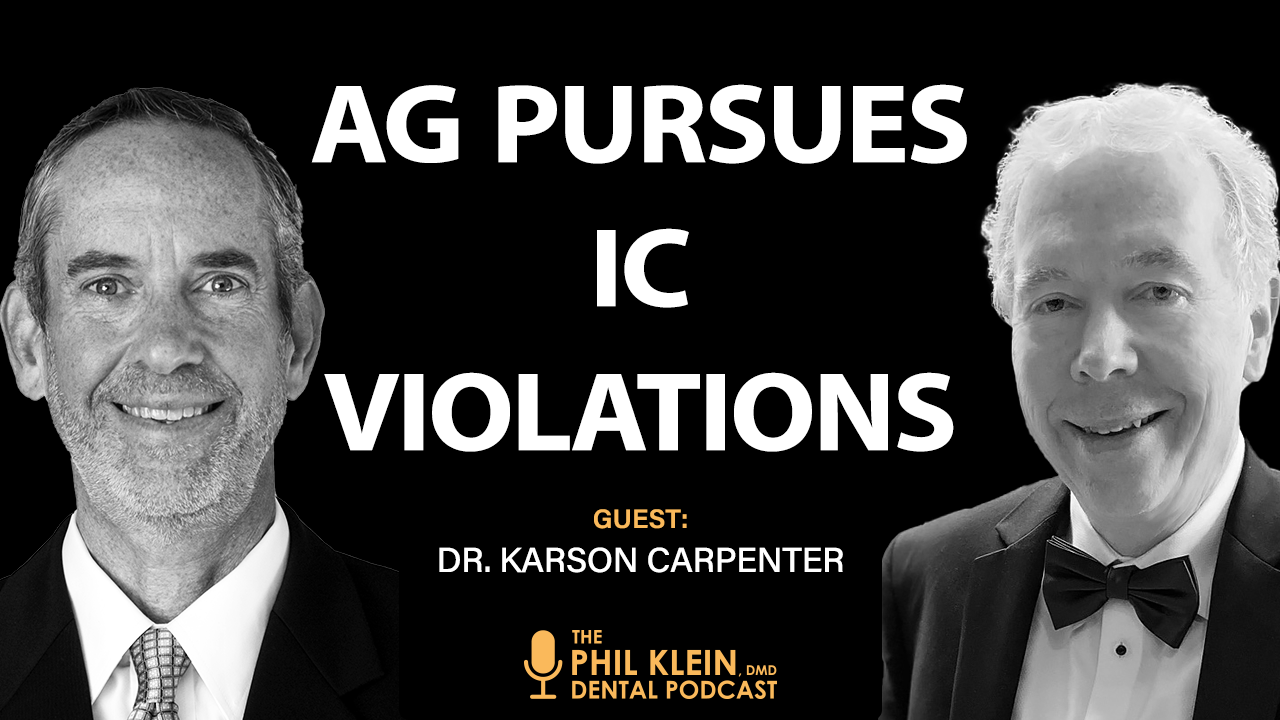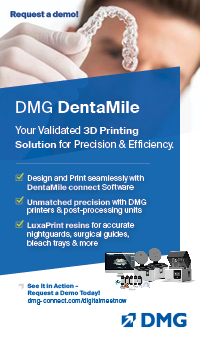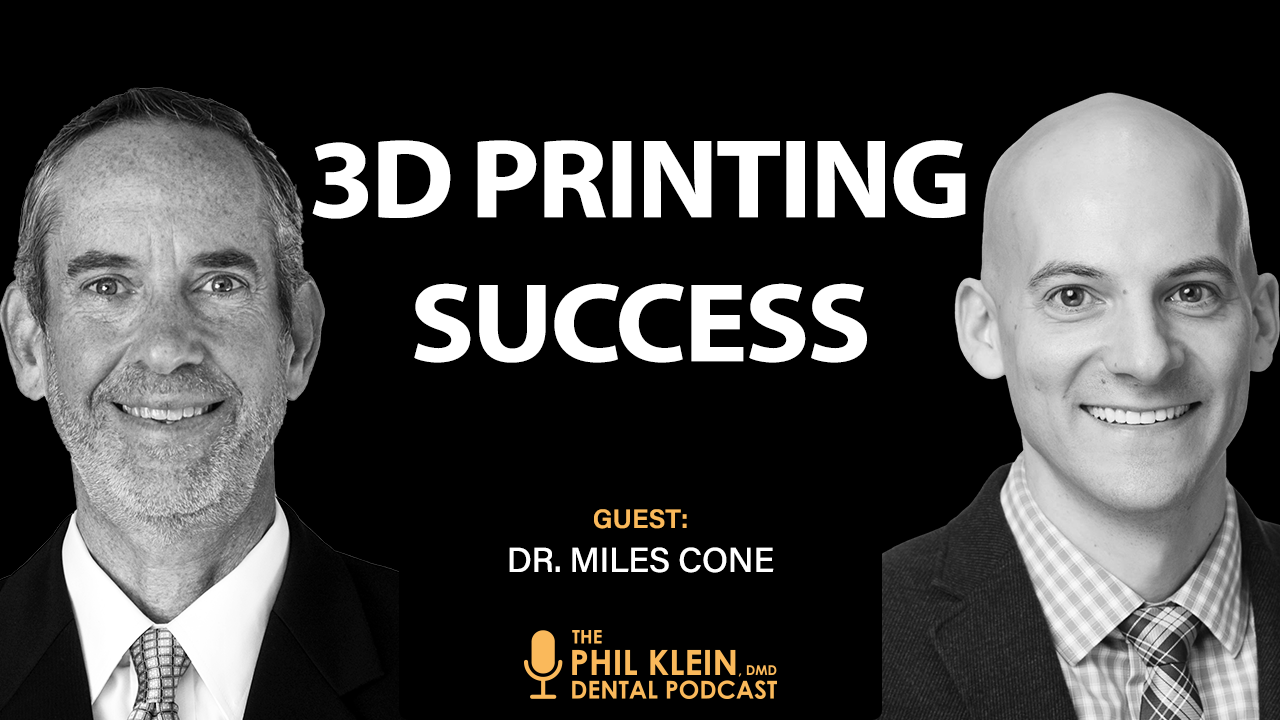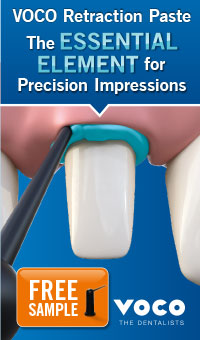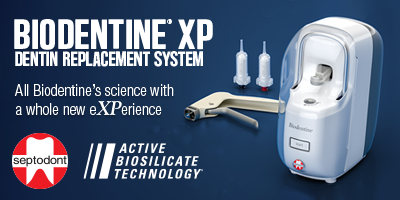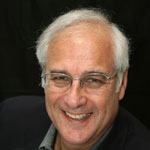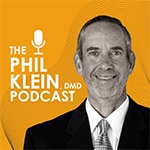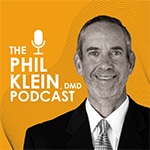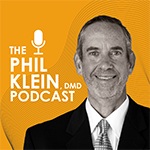
Wellness Dentistry: Connecting Oral Health with General Health
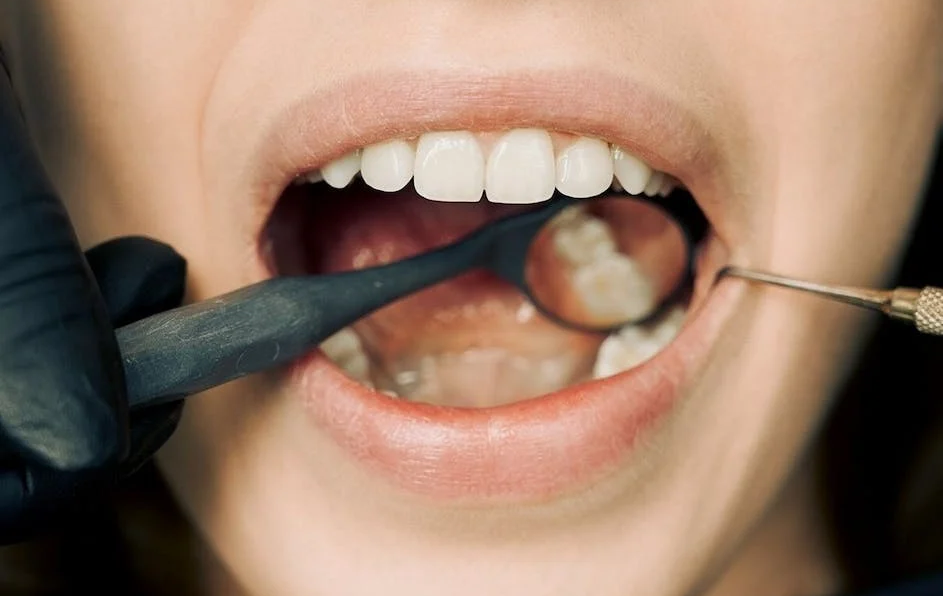
When a dentist who is practicing in a crowded market has a
five-month waitlist for new patients, you know they must be doing something
right. Dr. Katie To, a cosmetic and wellness dentist and founder of the Center
for Integrative Wellness and Cosmetic Dentistry in Katy, Texas, is in this
enviable position. What is Dr. To’s “secret sauce”? It’s her focus on wellness
dentistry.
What is wellness dentistry?
Although many people are unaware of this field, wellness dentistry has actually been around for a long time. Simply put, wellness dentistry is connecting oral health with the whole body, i.e. with general health. Instead of just looking at teeth, wellness dentists consider the person’s overall health and lifestyle.
“Wellness dentistry is really good, solid dentistry,” says Dr. To. “It’s not alternative dentistry. It’s not about ‘no X-rays and no antibiotics.’ It’s not that. Wellness dentists focus on the healthy lifestyle, and testing that is more than just checking for the cavity. We don’t want to be a tooth doctor. We want to be an oral health expert – and that’s what wellness dentists are.”
What this means, for example, is that if a patient comes in
with a cavity, you’re not just talking about flossing and brushing. After all,
a lot of patients who floss and brush still have cavities. With wellness
dentistry you’re also discussing nutrition, sleep, mal-breathing, nasal
breathing and more. What are they eating? What are they drinking? Are they on a
heavy inflammation diet? Is dehydration causing the body and saliva to be
acidic? Is their job so stressful that it has made them acidic, and now nothing’s
going to last in that oral environment? What is behind that cavity?
Wellness dentistry impacts your entire approach to dentistry
For Dr. To, addressing patient wellness begins before the patient is even seen, with the intake forms. “We ask about their hydration, their nutrition, their sleep,” she shares. “We even ask about their bowel movements, how often that is, because that also affects a person’s toxicity and acidic level. Wellness starts from the first visit.”
With wellness dentistry you’re not just asking different
questions. You’re also running different tests. For example, Dr. To notes,
“we’re also looking at their saliva acidic paper test, then the pH test,
including looking at the slide under the microscope which might reveal
high-risk bacteria. This is important information as it relates to the
connection between oral and systemic health. Then we evaluate everything based
on the risk assessment.”
Getting the patient on board requires education
When you ask patients about their goals, most will say that they want to keep their teeth for the rest of their lives. They want to look good. They want to eat and chew comfortably. They want to avoid emergencies and pain. They also want to enjoy good health overall.
It’s up to you to help your patients make the connection between their lifestyle choices, their oral health and their general health. Talk about the research that shows how bacteria from the mouth affects the brain and heart. Explain the impact that their habits may be having on them. Show them images of what’s going on in their mouth. Share what you’re seeing under the microscope. Talk about the ways that their oral health may be impacting the rest of their body.
If you see that the patient has problems or is a moderate to
high risk for developing them, give them a homework assignment related to
improving their health habits. For example, ask them to track their water
intake, do a three-day diet journal or start taking a probiotic, and then have
them come back in 30 days to see how things have improved. In this sense,
wellness dentists are also health coaches.
Biocompatible materials are a vital part of wellness dentistry
Once you put dental work in a patient’s mouth, that patient is then getting 24 hours a day of exposure to those materials. It is vitally important that those materials are biocompatible with the patient.
As Dr. To points out, “we recognize as a human, we get constant exposure from our occupation, from the environment, from medication, from food, from emotions, and more. Each patient has different exposure, and so each patient has different tolerance. And dentistry – let’s be honest – can be toxic.”
Be aware that when a patient reacts to a dental material,
the symptoms might not take place at the site of application. The symptoms can
be physical or emotional, and because of the way the mouth/body connection
works, these symptoms may happen somewhere other than the mouth. The fact that
there is no visible reaction at the site of the restoration does not mean that
the patient will tolerate the material.
Testing can help you determine what materials to use
The best way to find out which materials truly are biocompatible for a given patient is to test. Dr. To explains that there are labs that will analyze blood samples and determine which materials are least reactive for that patient and which are most reactive. You can then choose products which do not contain the problematic ingredients.
“For example,” Dr. To states, “I have a patient who is highly reactive to nickel. So obviously you don’t want to use anything with that in the material.”
VOCO’s biocompatible composite is more widely compatible than others
“We have a lot of data,” Dr. To declares, “because most of
our patients are getting all this biocompatibility testing done. When the tests
come back, I can tell you that the number one composite that is compatible with
the majority of our patients is the VOCO’s Admira Fusion in either flowable or
packable form.” Consequently, VOCO Admira Fusion is Dr. To’s “go to” composite.
Wellness dentistry is an excellent practice builder
Once patients understand the connection between oral health and general health, and experience the wellness dentistry approach, many really appreciate the difference. They feel heard. They feel cared for as a whole person, not just a “mouth full of teeth.” They like knowing that their dentist is there to help them get and stay healthy overall – and keep their teeth in excellent condition. All of this, of course, can lead to an increase in word-of-mouth advertising.
Medical professionals also like working with wellness
dentists because it is a true dental/medical collaboration. Dr. To’s office shares
her patient’s test results with their doctors. “They can have the saliva
testing result, the report from the radiologist or the sleep test results. So
they’re on the same page regarding what’s going on with the patient.” This
dental/medical collaboration can also result in more referrals, provide more
career satisfaction for the dentist, further helping your practice thrive.









